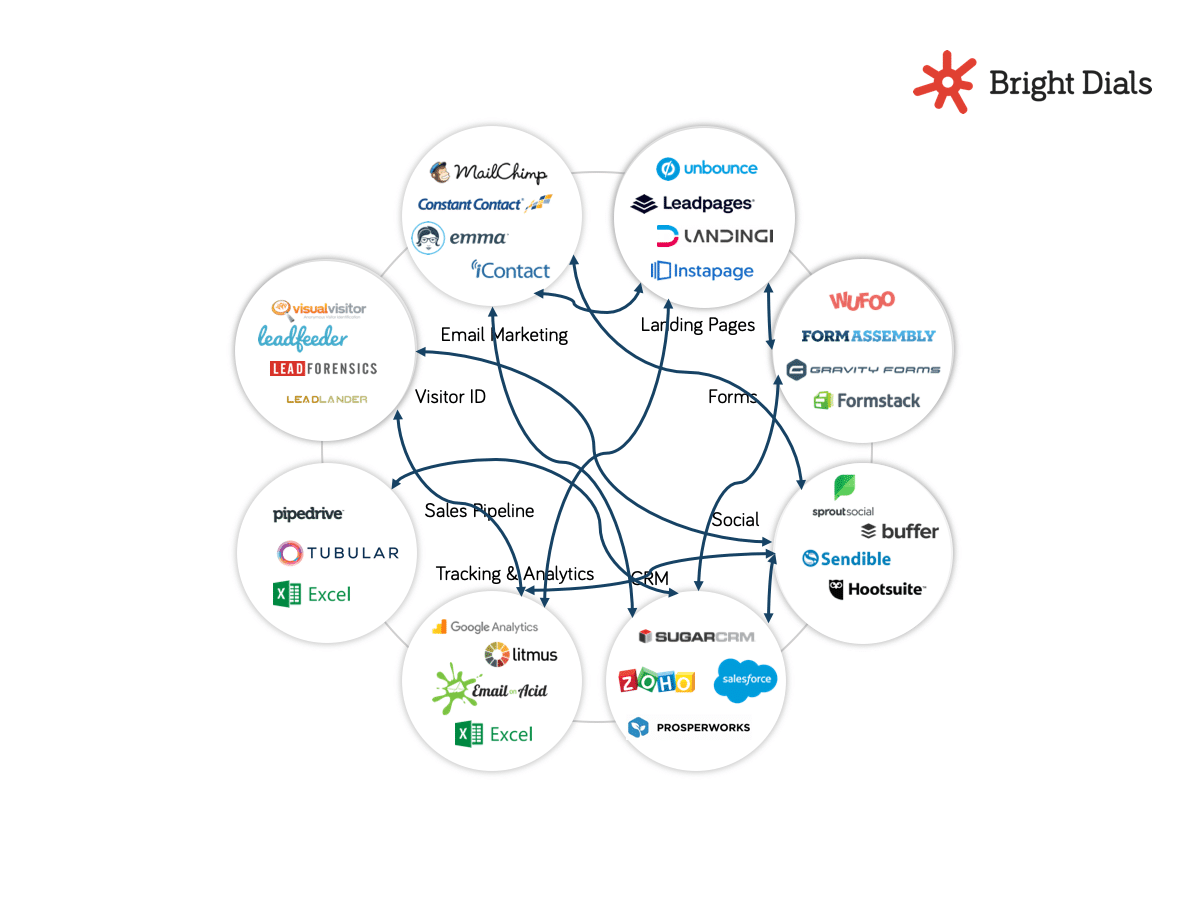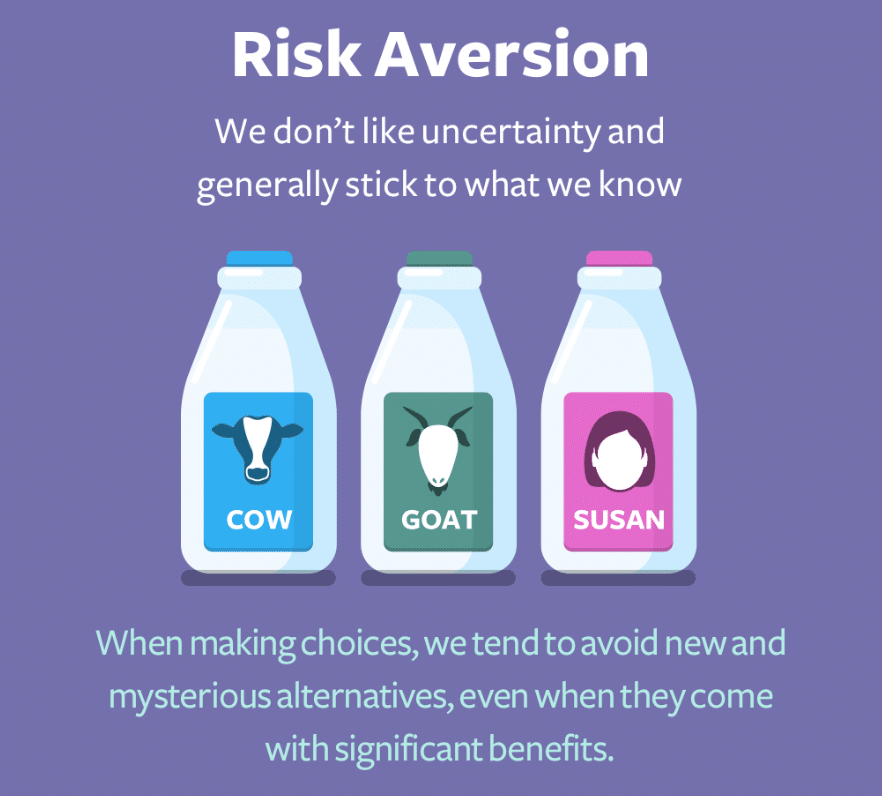Is your business in a Patchwork? Whenever I present a workshop or pitching to new clients, I always talk about the Patchwork. This is such an effective, visual way to illustrate a common marketing issue so many growing businesses are faced with.
“The Patchwork” refers to marketing technology tools for email marketing, CRMs, tracking, landing pages and more, all patched together with disparate data. As an organisation grows, there comes a point in which it becomes more efficient to streamline all these processes into one marketing automation platform which can handle all these tools in one place.
What are the signs your business is in a Patchwork? With over 7,000 #martech solutions available today it’s no wonder this concept has become so common.
As a marketing department grows, senior management will find an increasing number of software tools coming through the P&L. You may find people bringing tools into organisation due to personal preference, without considering the bigger marketing and operational needs. This is known as risk aversion:
Image courtesy of Coglode, a very interesting Brighton company who specialise in crunching the latest research into bite-size “nuggets” of information surrounding different cognitive bias.
Feature Duplication
There are several issues with the Patchwork; firstly, you will have multiple tools with the same or similar features, which can be confusing. Secondly, you’re can be charged twice for the same features. Finally, features are updated frequently, meaning you need to keep on top of feature updates for multiple tools at once.
Costs and Knowledge
The more tools you have, the more costs you face, and not just in terms of multiple software licenses – what about the amount of time it takes for people to get to grips with new, ever-changing tools? What’s more, having multiple pieces of software also fragments the knowledge base. For example, you may find that one or two individuals know a particular tool really well, but their expertise (and time) is constantly needed in order to train others. And what happens if this person leaves and the tool is abandoned, perhaps without anyone checking to cancel the subscription?
Data
And then there’s data. Multiple tools means data needs more and more management to ensure that it is syncing correctly. You might be able to use middleman API tools such as Piesync or Zapier, but as your needs become more complex it’s much more likely that you’ll need a bespoke connection. While this is fairly standard practice, it’s far better to make the investment strategically rather than reactively, with technology tools which are too ingrained to change. The more pots of data you have lying in different places, the harder it is to see how those customers have engaged across all your touchpoints. The holy grail of the single view of the customer…
Compliance
Different pots of data are also likely to impact your compliance regulations. If your organisation uses multiple tools in a Patchwork, the more places you keep data, and the more compliance risks you face. If a user unsubscribes from one place, will the other tools be updated accordingly?
Scale and your wider operational need
Consider how the Patchwork you’ve created is going to support growth and how it will connect with the rest of your organisation who may be reliant on the data. Have you considered how much time it takes your team to provide reporting from different tools? So often this can be such a long, time consuming process but the chances are that those responsible are just “getting on with it” without complaint.
The first step to achieving successful automation is to identify the needs of everyone across the organisation, in line with how the business is set to develop over time. Consider what’s on the product roadmap, and think about what stages should be integrated operationally to make the process more efficient.
Create the user flows you need to build and understand all the needs and wants of your organisation. Only then consider marketing automation platform for scale, cost and integration.
“With the vendor selected, the next step is to execute the system. It is worth investing the time to plan the rules of governance and to make sure all parts of the technology are talking to each other to avoid as many roadblocks as possible.” – The Econsultancy Marketing Automation Guide 2018
Don’t forget about training and ongoing customer support too – how good is the platform at providing this? If they are US-based, consider your timezone as there may be a chunk of the day you cannot receive help.
If you require help with your automation strategy, get in touch. We’re currently offering free 45 minute consultations to help you identify and resolve your digital pain points. Don’t forget to follow us on Twitter and LinkedIn too.


